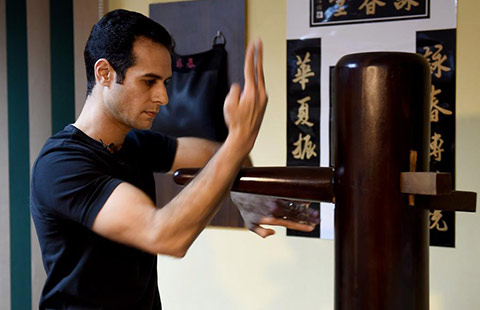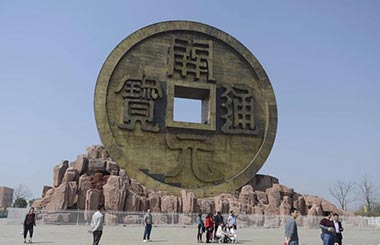The right lessons
By Mei Jia ( China Daily ) Updated: 2016-03-09 08:23:08
 |
|
Youngsters celebrate at their graduation ceremony at the Peking University in Beijing. The country boasts the world's largest higher education-delivery system, producing roughly 8 million graduates per year.[Photo by Pang Zhengzheng/CFP] |
"The displacement of the liberal arts by business, science and engineering programs threatens to curb creative thinking," he says.
Sections of the US public are focused on the Chinese economy and have failed to notice the solid developments in higher education in China, he says.
There are other worthy books published in the US that also address the topic.
China's Rising Research Universities: A New Era of Global Ambition is written by University of California, Los Angeles education professor Robert Rhoads and his Chinese co-authors, Wang Xiaoyang, Shi Xiaoguang and Chang Yongcai. It offers four case studies to examine China's progress and fundamental changes in educational reforms.
"I don't necessarily agree with the conclusion that Chinese higher education is on the rise while the US is in decline," Rhoads tells China Daily in an e-mail. "Readers will get a sense of how far China has come but also how far it still has to go in my book."
To that, Ferrara says: "The gap between leading American and Chinese universities persists but it narrows every decade."
Hu Ruiwen, a member of the National Education Advisory Committee and former director of the Shanghai Academy of Educational Sciences, seems to agree with Rhoads.
Hu says that the country did successfully expand its higher learning in scale, but its top universities still need more time to compete with Ivy League institutions in the US.
"I'd say some of our universities are just too big to jump higher. The structure and management should be optimized," Hu adds.
|
|
|
|
|
|
|
|





















 Raymond Zhou:
Raymond Zhou: Pauline D Loh:
Pauline D Loh: Hot Pot
Hot Pot Eco China
Eco China China Dream
China Dream China Face
China Face






